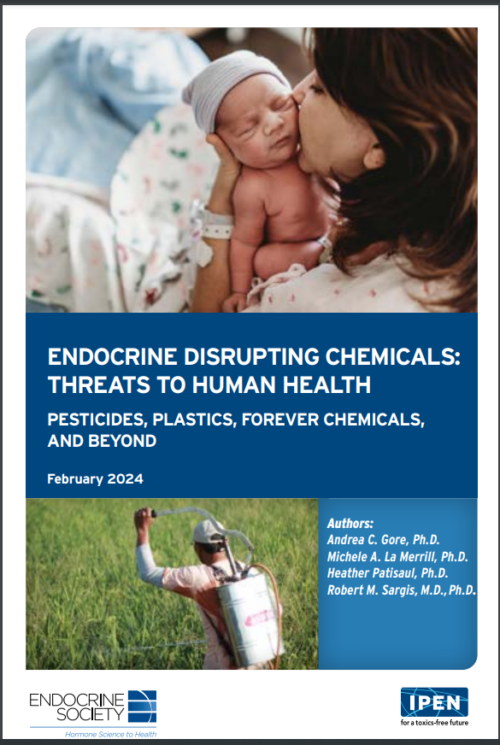Join Health Affairs for a virtual conversation between me and Angela Odoms-Young of Cornell University discussing the evolution of US food and nutrition policy, the current policy landscape, and thoughts on what lies ahead. It’s at 1:00 p.m. EDT. To join the Webinar, click here.
Weekend reading: Endocrine-Disrupting Chemicals (EDCs)
A reader suggested this report for weekend reading: Endocrine Disrupting Chemicals : Threats to Human Health: Pesticides, Plastics, Forever Chemicals, and Beyond.

Among the report’s key takeaways:
- EDCs in the environment may contribute to disorders with hormonal underpinnings such as diabetes, neurological disorders, reproductive disorders, inflammation, and compromised immune functioning.
- EDCs do not behave like other chemicals, and current regulatory practices do not account for the ways that EDCs can pose health threats. EDC exposures at even extremely low dosages can alter biological outcomes and the effects of low doses cannot be predicted by the effects observed at high doses. This means there may be no safe dose for exposure to EDCs.
- Products that may contain EDCs include furniture, toys and children’s products, food packaging, electronics, building materials, cosmetics, and many others. People can also be exposed to EDCs from pesticides, air pollutants, industrial waste, and other pathways.
The report reviews the research on pesticides (e.g., glyphosate), plastics and plasticizers (bisphenols, phthalates), household chemicals (arsenic), industrial chemicals (PFAS). These show up in food and water, which is why they are matters of food politics.
This whole topic can be confusing: so many chemicals, so many effects, so much misinformation (especially from industry)—and you can’t see, taste, smell, or avoid them.
This report explains what everyone needs to know : the science, exposures, health effects, (especially in children), and regulatory needs.
This is a great place to start, troubling as it is to know about EDCs and how little is being done about them.

